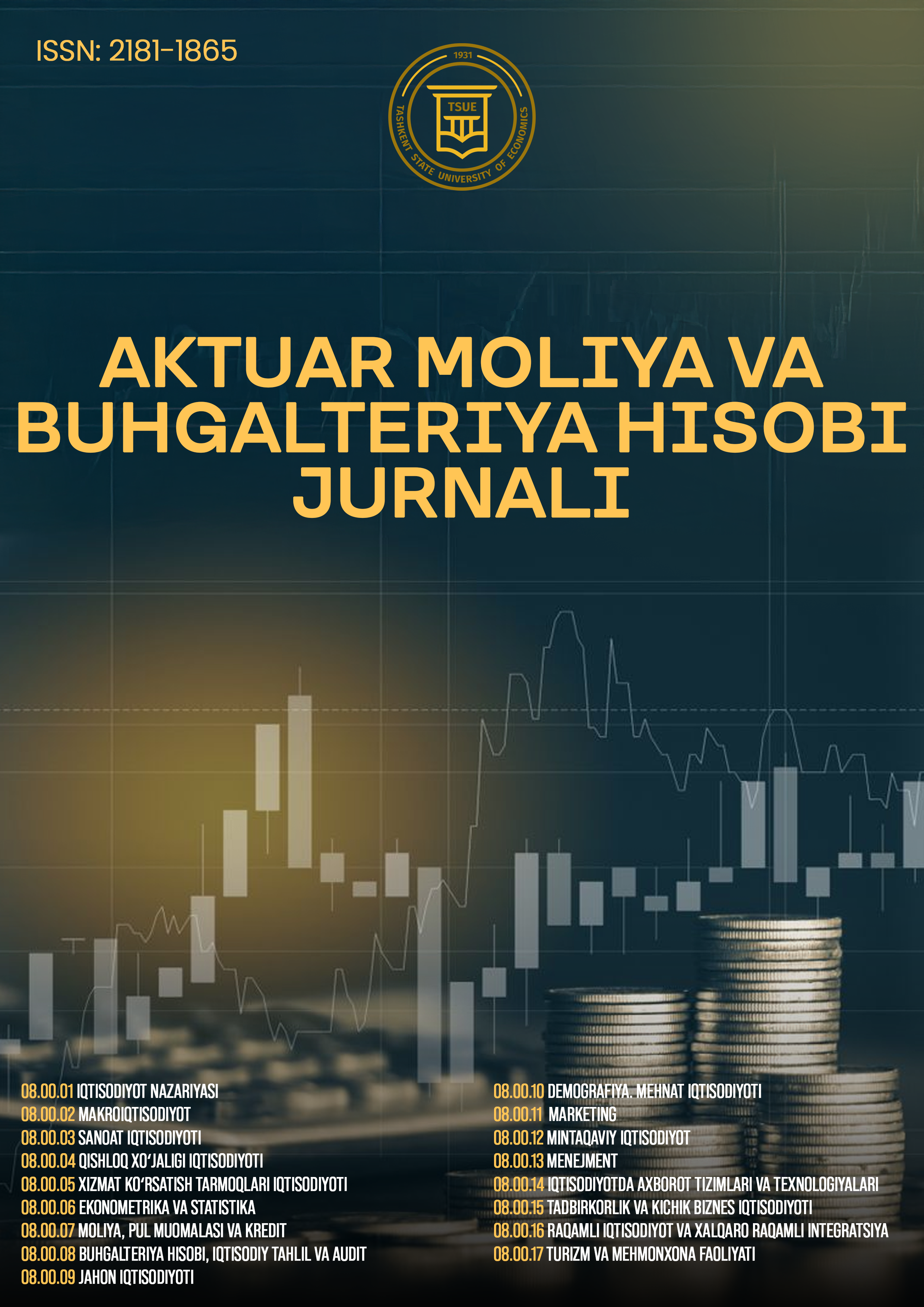MOTHERHOOD AND FEMALE LABOR FORCE PARTICIPATION REVISITED: EVIDENCE FROM INFERTILITY SHOCKS
Keywords:
Women’s labor force participation, fertility rates, family size, Central Asia, Uzbekistan, Kazakhstan, patriarchal norms, employment constraints, endogeneity, infertility instrument, Demographic and Health Surveys (DHS), policy implications, education and labor force, rural-urban disparity, instrumental variable regression.Abstract
Over the last 50 years, the global increase in women’s labor force participation has been accompanied by a substantial decline in fertility rates. While the negative correlation between fertility and female labor market engagement is well-documented, its extent and underlying causes differ across regions. In Central Asia, women’s labor force participation increased modestly from 30% to 34% between 1990 and 2013, whereas fertility rates declined from 3.8 to 2.8 children per woman during the same period. This suggests that factors beyond childbearing may constrain women’s entry into the labor market. This study investigates the causal impact of family size on women’s labor force participation in Uzbekistan and Kazakhstan. Using infertility as an instrumental variable to address endogeneity in fertility decisions, the analysis builds on the methodology proposed by Agüero and Marks (2008). The research hypothesizes that patriarchal norms, particularly prevalent in Uzbekistan, inhibit women’s labor market participation regardless of their fertility status. The findings are expected to contribute to the design of more effective policies aimed at promoting women’s employment in Central Asia.
References
Agüero, Jorge M., and Mindy Marks.,(2008). Motherhood and Female Labor Force Participation: Evidence from Infertility Shocks. American Economic Review 98(2):500–504.
Angrist, J., and Evans, W.,(1998). Children and Their Parents’ Labor Supply: Evidence from Exogenous Variation in Family Size. American Economic Review 88(3):450–577.
Asian Development Bank., (2015). Women in the workforce: an unmet potential in Asia and the Pacific. [online] Available from: <http://www.adb.org/sites/default/files/publication/158480/women-workforce-unmet-potential.pdf>
Bloom, D., Canning, D., Fink, G., and Finlay, J., (2009). Fertility, Female Labor Force Participation, and the Demographic Dividend. Journal of Economic Growth 14(2):79–101.
Bronars, Stephen, and Jeff Grogger.,(1994). The Economic Consequences of Unwed Motherhood: Using Twin Births as a Natural Experiment. American Economic Review 84(5):1141–56.
Ca´ceres-Delpiano, J.,(2008). “Keeping the best for last. Impact of Fertility on Mother’s Employment. Evidence from Developing Countries.” Economics Working Papers 08-68 (32), Universidad Carlos III
Cruces, G., and S. Galiani., (2007). Fertility and female labor supply in Latin America: New causal evidence, Labour Economics, 14(3), 565-573.
Hammerle, Ch., Langreiter, N., Lanzinger, M., Saurer, E., (2008). Gender Politics in Central Asia. BӧhlauVerlag GmbH & Cie.
Jacobson, Joyce, James Pearce III, and Joshua Rosenbloom.,(1999). The Effects of Childbearing on Married Women’s Labor Supply and Earnings: Using Twin Births as a Natural Experiment, Journal of Human Resources 34(3):449–74.
Kishor, S., and Neitzel, K., (1996). The Status of Women: Indicators for Twenty-Five Countries. DHS Comparative Studies No.21. Calverton, Maryland: Macro International Inc.
Kӧgel, T., (2004). Did the Association Between Fertility and Female Employment within OECD Countries Really Change its Sign?, Journal of Population Economics 17(1):45–65.
Mahoney, T. (1961). Factors determining the labor-force participa-
tion of married women. Industrial and Labor Relations Review, 14
McGrattan, R. E. and Rogerson, R., (2004). Changing in Hours Worked
-2000. Quarterly Review 28(1).
Moghadam, M. V., (2004). The Gender of Democracy: The Link between Women’s Rights and Democracy in the Middle East. Carnegie Endowment for International Peace, Arab Reform Bulletin, vol. 2, issue 7 (July).
Piras, C., and Ripani, L., (2005). The Effects of Motherhood on Wages and Labor Force Participation: Evidence from Bolivia, Brazil, Ecuador and Peru. Sustainable Development Department Technical Papers Series WID–109.
Schultz, T. P.,(2008). Population Policies, Fertility, Women’s Human Capital, and Child Quality, In Handbook of Development Economics, Volume Four, ed. T. Paul
Schultz and John A. Strauss, 3249–3303. Amsterdam: Elsevier Science B.V.
United Nations, Department of Economic and Social Affairs, Population Division (2014).World Urbanization Prospects: the 2014 Revision, Highlights.
United Nations, Department of Economic and Social Affairs, Population Division (2013).World Fertility Patterns 2013.


